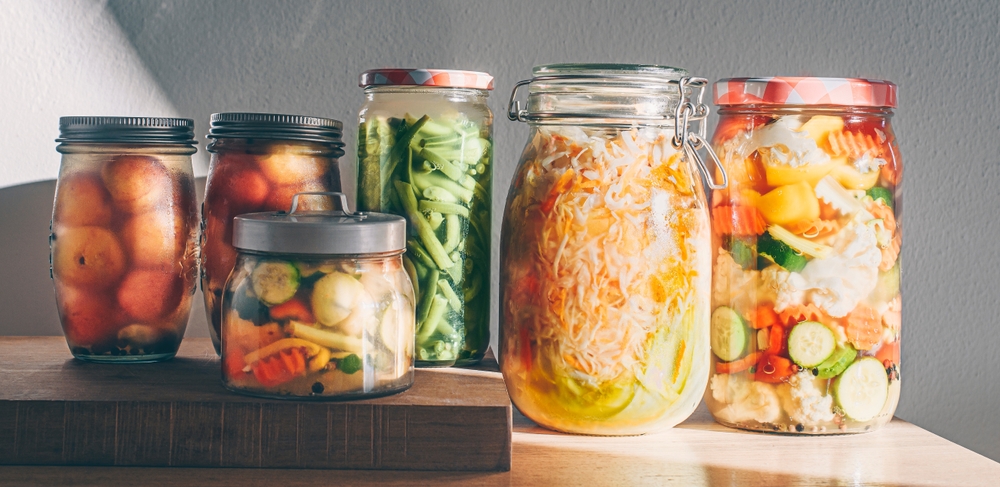Transform holiday leftovers into simple weeknight dinners
Turn a mountain of holiday leftovers into a week of manageable, flavorful dinners with simple swaps and basic mealplanning. This guide outlines practical techniques for using turkey, stuffing, cranberry sauce, and gravy to create balanced familymeals while minimizing waste and preserving taste.

Transforming holiday leftovers into weekday dinners starts with a plan that balances flavor, safety, and convenience. Instead of leaving dishes in the fridge to be forgotten, identify the proteins, sidedishes, and condiments you have on hand—turkey, stuffing, mashed potatoes, cranberry, and gravy are common examples—and think how each can be repurposed. Good mealprep practices (portioning, labeling, and timely preservation) make it easier to assemble quick meals after work. Flavorpairing is a helpful tool: herbs, acids, and contrasting textures refresh familiar components. With a few simple techniques you can create soups, sandwiches, casseroles, and stir-fries that feel new without requiring long cooking times or complex ingredients.
How to reuse turkey for quick meals
Cooked turkey is versatile: slice thin for sandwiches, shred for tacos or burritos, and cube for salads or grain bowls. For weeknight soups, simmer turkey bones briefly to make a light broth, then add vegetables, noodles, or rice for a one-pot meal. Stir-fries benefit from bite-sized turkey pieces tossed with fresh vegetables and a splash of soy or citrus to brighten the flavor. When freezing portions, use flat, labeled bags so you can thaw only what you need for mealprep, preserving both quality and convenience.
Creative uses for stuffing and sidedishes
Stuffing can act as a base for fritters, patties, or savory muffins—combine with an egg and a little flour, pan-fry, and serve with a salad. Leftover mashed potatoes make topping for shepherd’s pie or mix with cheese and herbs for potato cakes. Green beans, roasted vegetables, and other sidedishes can be stirred into pasta, grain salads, or folded into omelets for quick familymeals. Think of sidedishes as ingredients rather than finished courses: their textures and seasonings unlock new meal formats.
Incorporating cranberry and gravy in meals
Cranberry sauce works beyond the sandwich: use it as a glaze for roasted squash or pork, mix with vinegar and oil to make a bright vinaigrette, or fold into yogurt for a tangy spread. Gravy can be thinned and used as a savory sauce over baked rice bowls or as a base in pot pies; combine with sautéed mushrooms and herbs to deepen flavor. Balancing sweet cranberry with acidic or savory elements refreshes the palate and stretches a small amount into several servings.
Mealprep and mealplanning with leftovers
Allocate time after the meal to portion leftovers into meal-sized containers to speed weeknight dinners. Note use-by dates on labels and plan meals by day: sandwiches and salads are easy early in the week, casseroles and soups can be scheduled later. Combine fresh produce with preserved leftovers—greens, citrus, and raw vegetables add lift to richer components. Simple mealplanning reduces decision fatigue and helps you rotate flavors so familymeals feel varied without extra shopping.
Preservation, composting, and food safety
Store cooked turkey and other perishables in shallow containers to cool quickly, then refrigerate within two hours. Use refrigerated leftovers within three to four days, or freeze portions if you won’t use them that quickly. Compost vegetable peels and other non-meat scraps to reduce waste; check local services for accepted materials and guidelines. When reheating, ensure food reaches a consistent hot temperature throughout to reduce risk of spoilage, and avoid refreezing items that have been thawed and reheated.
Flavorpairing for familymeals and potluck planning
Use simple pairings to make leftovers feel intentional: bright acids (lemon, vinegar) cut richness, fresh herbs add aroma, and crunchy toppings (toasted nuts or breadcrumbs) add texture. For hosting or potluck situations, convert components into shareable formats—turkey sliders, stuffing-stuffed mushrooms, or a gravy-based casserole—and label dishes with ingredients for clarity. Keep mealprep tools on hand—acidic dressings, pantry spices, and quick-cooking grains—to mix and match flavors across several dinners.
Leftovers can simplify weeknight routines while delivering satisfying, varied meals when approached with planning and a few technique swaps. Prioritizing preservation, smart portioning, and thoughtful flavorpairing turns holiday plates into adaptable building blocks for the days that follow, reducing food waste and easing the workload of evening cooking.






